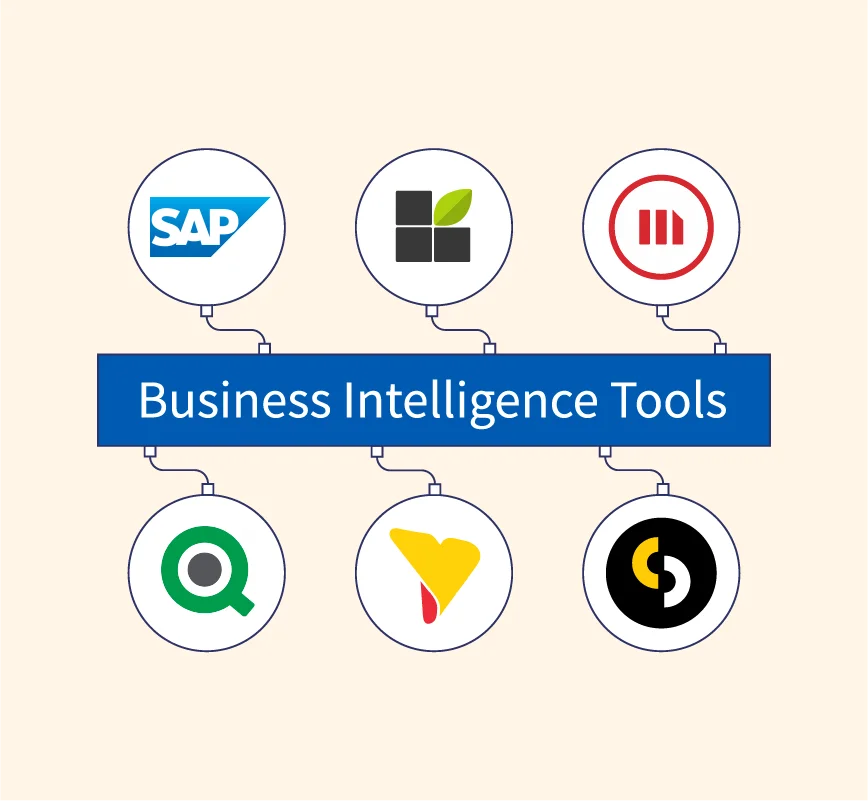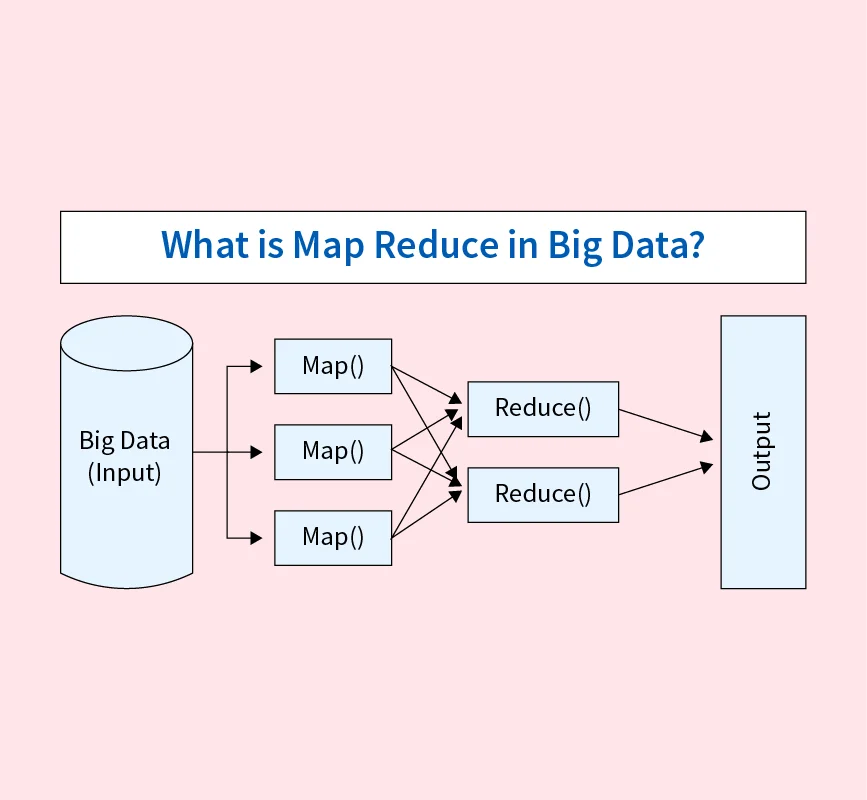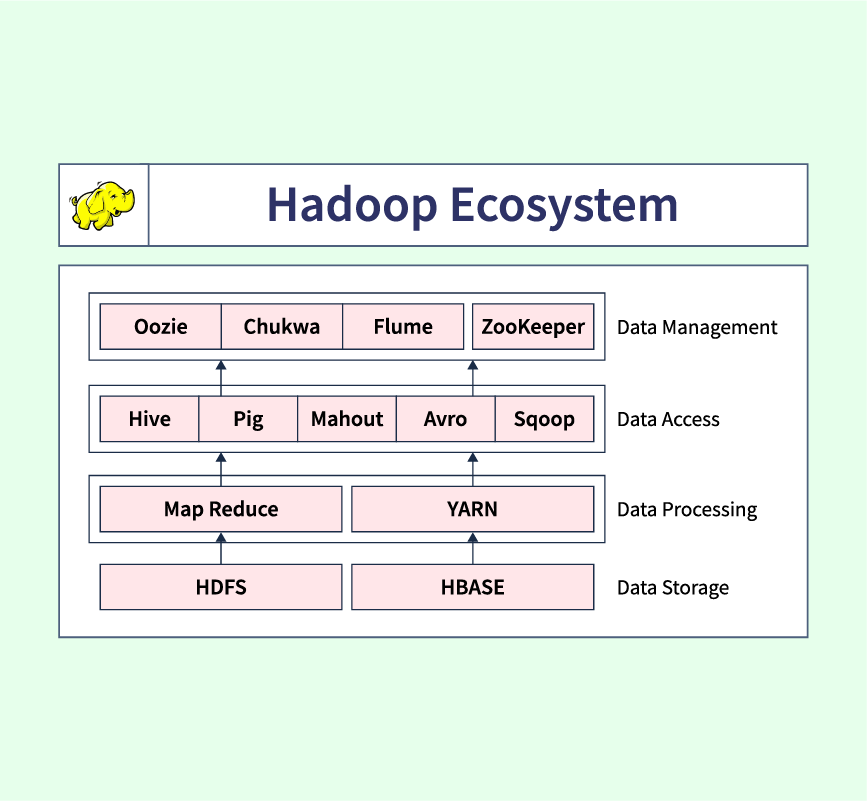
Business Intelligence (BI) tools are software applications that collect, process, and visualize data to support smarter, data-driven decision-making. These tools help organizations uncover trends, monitor performance, and forecast outcomes with precision. In 2025, BI tools remain essential for translating complex data into actionable business insights across industries and team sizes. Why Use Business Intelligence Tools? … Read more

What is MapReduce?
Mohit Uniyal
The exponential growth of data in recent years has ushered in the era of big data, where organizations across industries generate and collect massive volumes of information daily. Traditional data processing methods struggle to manage such scale, speed, and complexity. Enter MapReduce—a powerful programming model that revolutionized how large datasets are processed across distributed systems. … Read more

Hadoop Ecosystem
Mayank Gupta
Hadoop is an open-source framework developed by the Apache Software Foundation to store and process vast amounts of data efficiently across distributed computing clusters. Originally inspired by Google’s MapReduce and GFS papers, Hadoop has become foundational in big data analytics, enabling scalable, fault-tolerant data management for enterprise-grade applications. Hadoop Ecosystem in Big Data In the … Read more

Computational Learning Theory in Machine Learning
Computational Learning Theory (CLT) is a branch of machine learning and theoretical computer science that studies the mathematical principles behind learning algorithms. It focuses on defining how efficiently an algorithm can learn patterns from data and generalize to unseen inputs. CLT provides a formal framework for evaluating machine learning models, answering key questions such as: … Read more

Maximum Likelihood Estimation in Machine Learning
Maximum Likelihood Estimation (MLE) is a statistical technique used to estimate the parameters of a probability distribution by maximizing the likelihood function. It is widely applied in machine learning, statistics, and AI to optimize models for tasks such as classification, regression, and generative modeling. MLE is commonly used in logistic regression, Gaussian Mixture Models (GMMs), … Read more

Image Classification Using Machine Learning
Image classification is a key task in computer vision that involves assigning labels to images based on their content. It enables machines to automatically recognize and categorize objects, patterns, and scenes, making it an essential technology in healthcare, security, retail, and autonomous systems. Machine learning (ML) plays a crucial role in automating image classification, eliminating … Read more